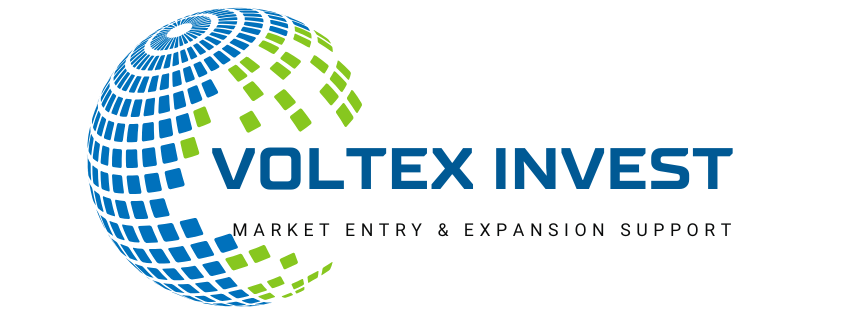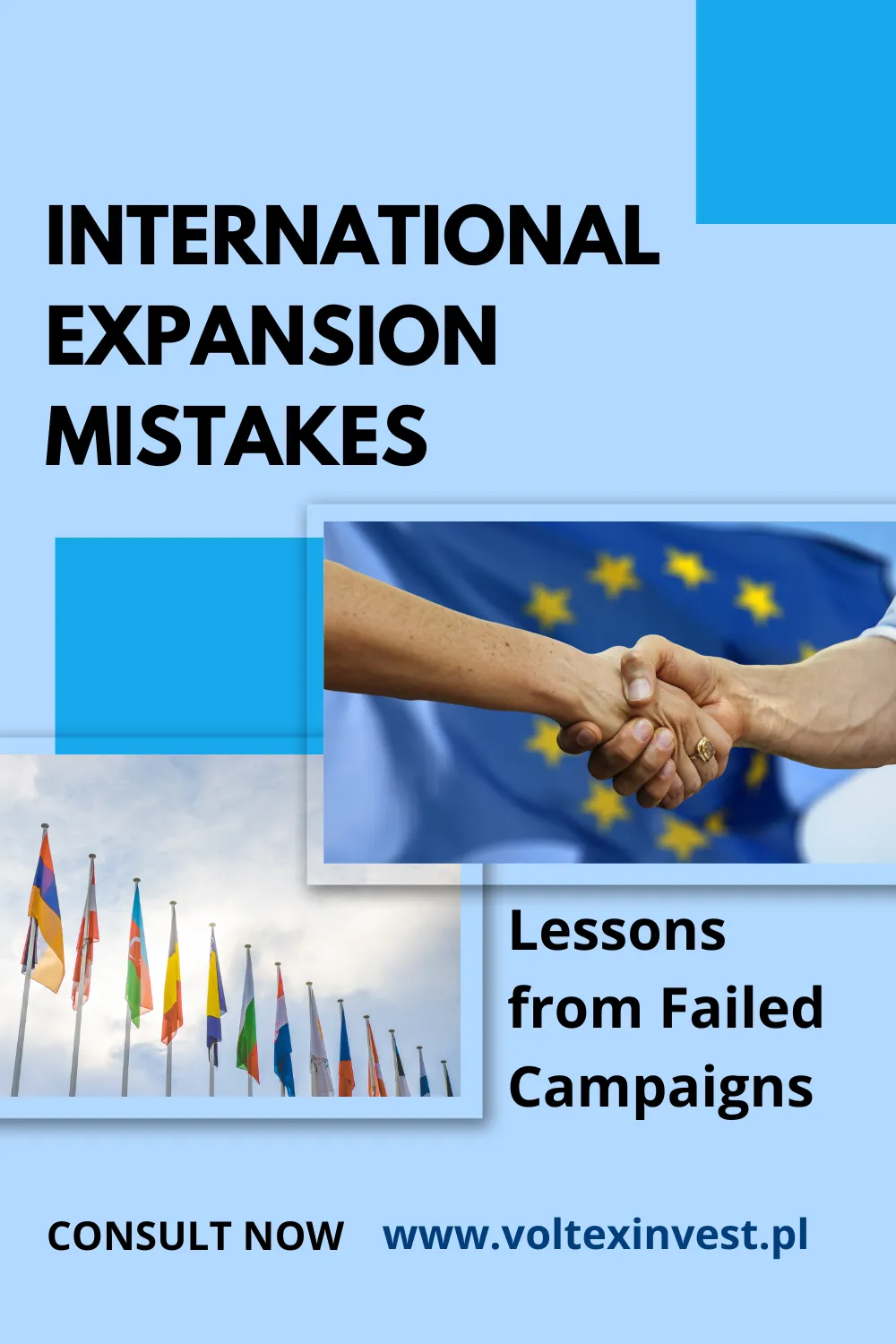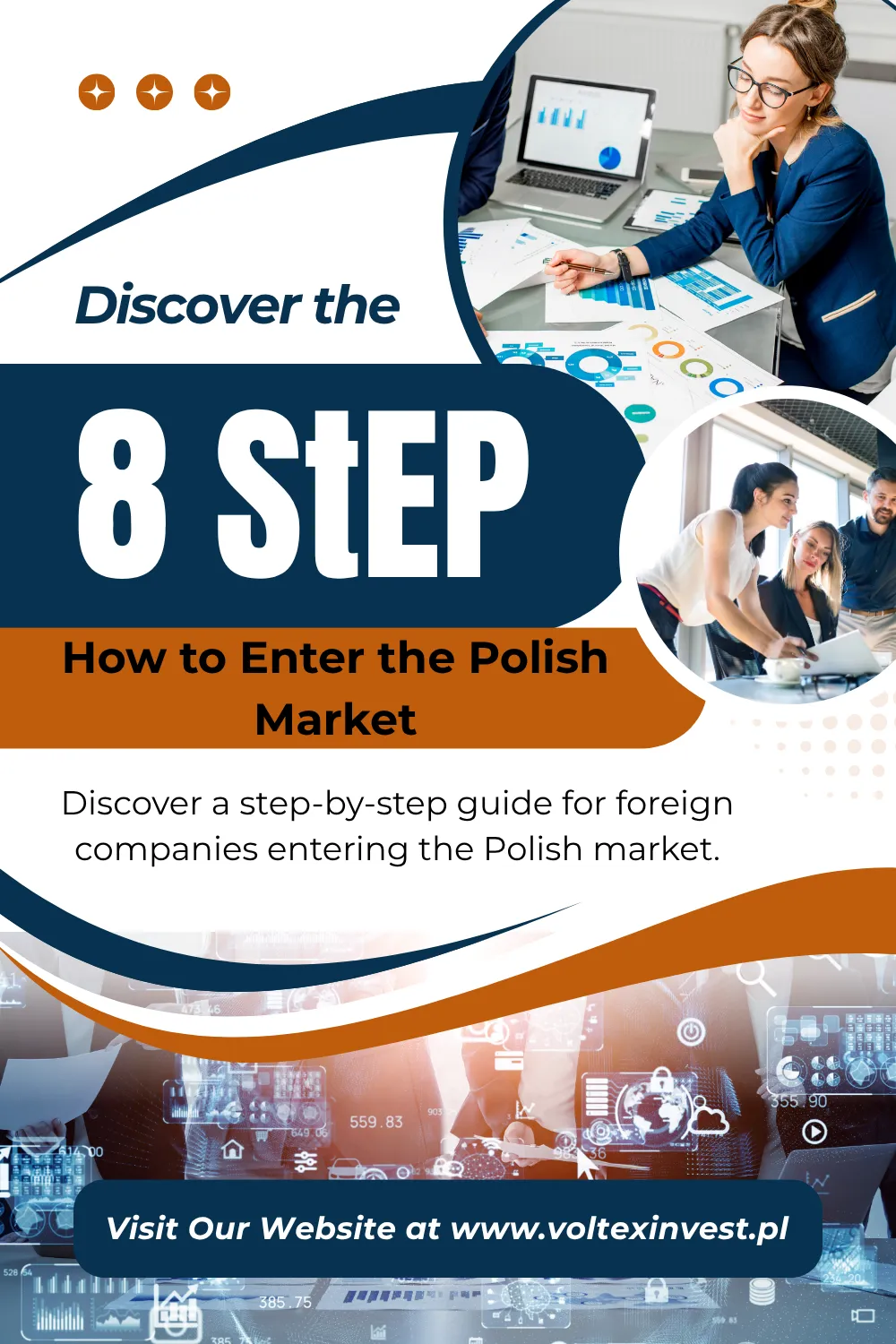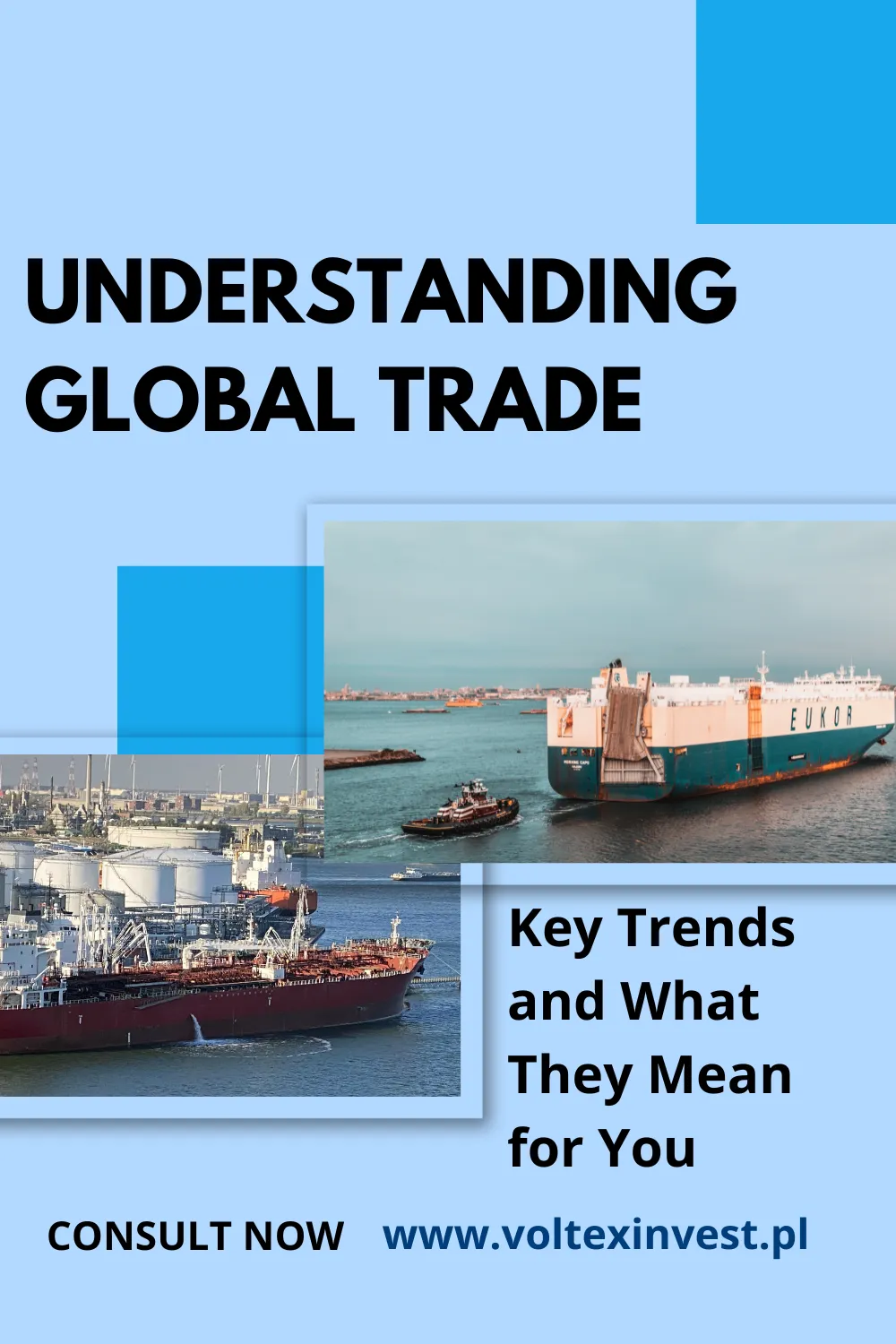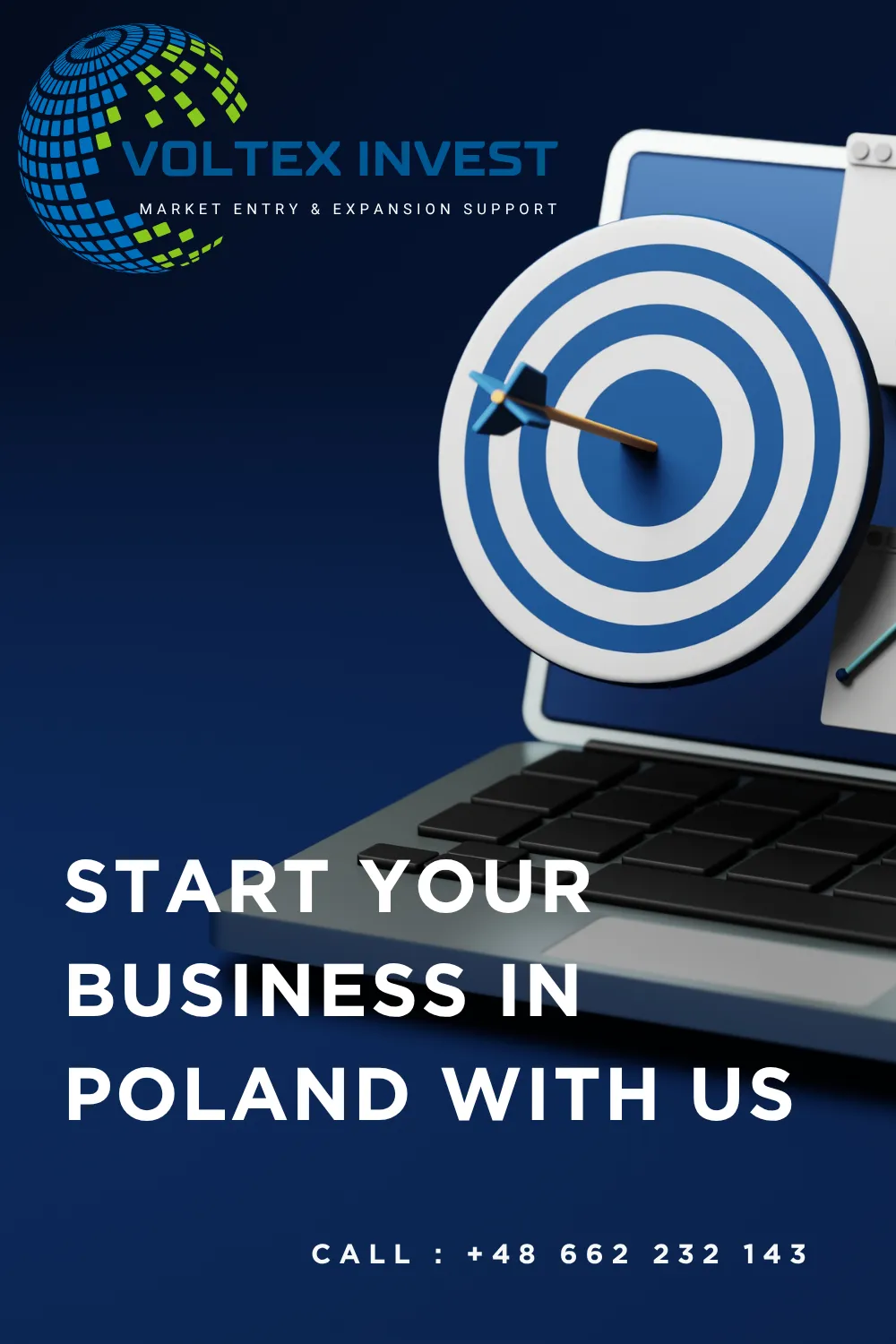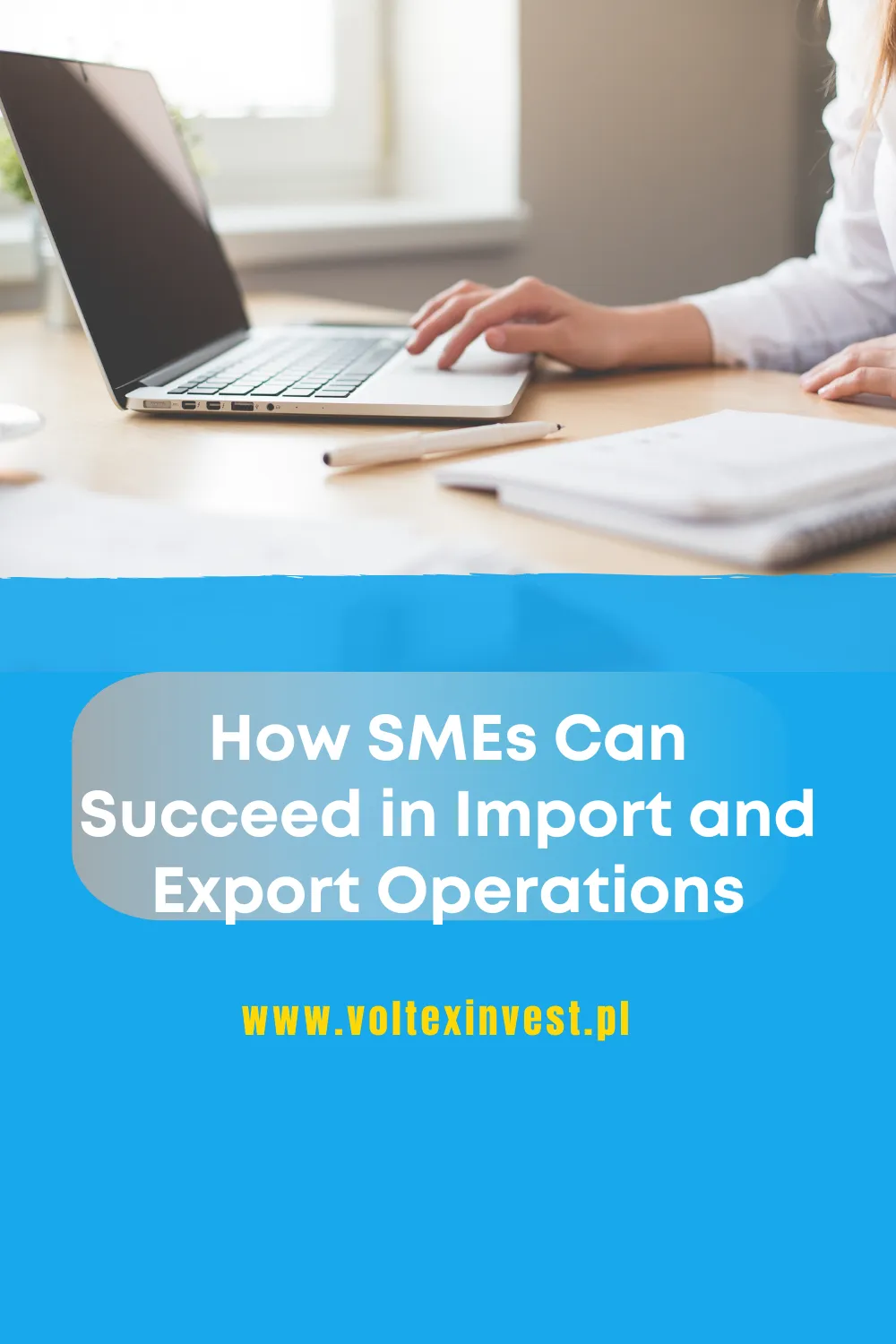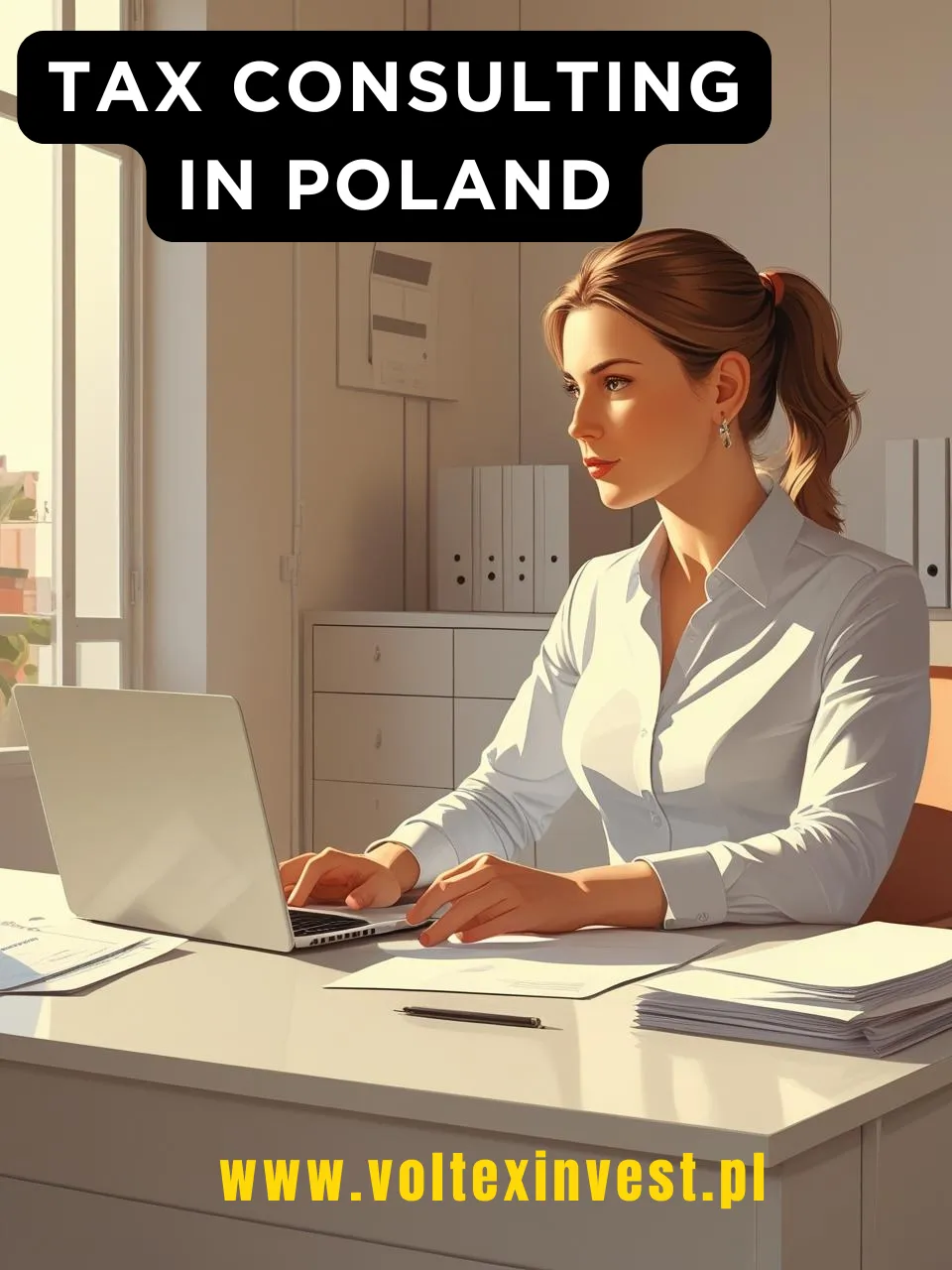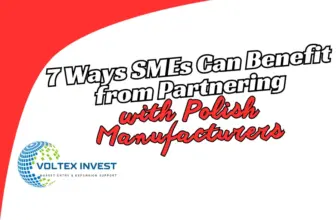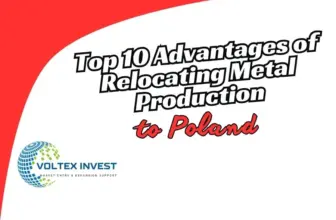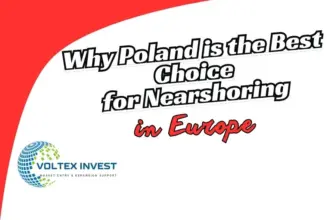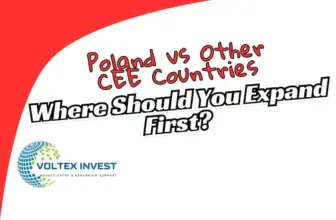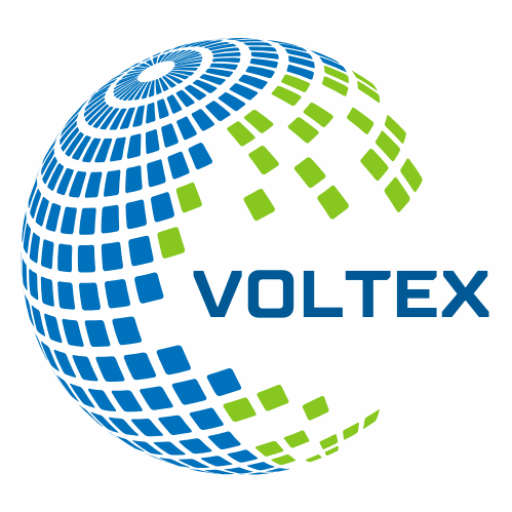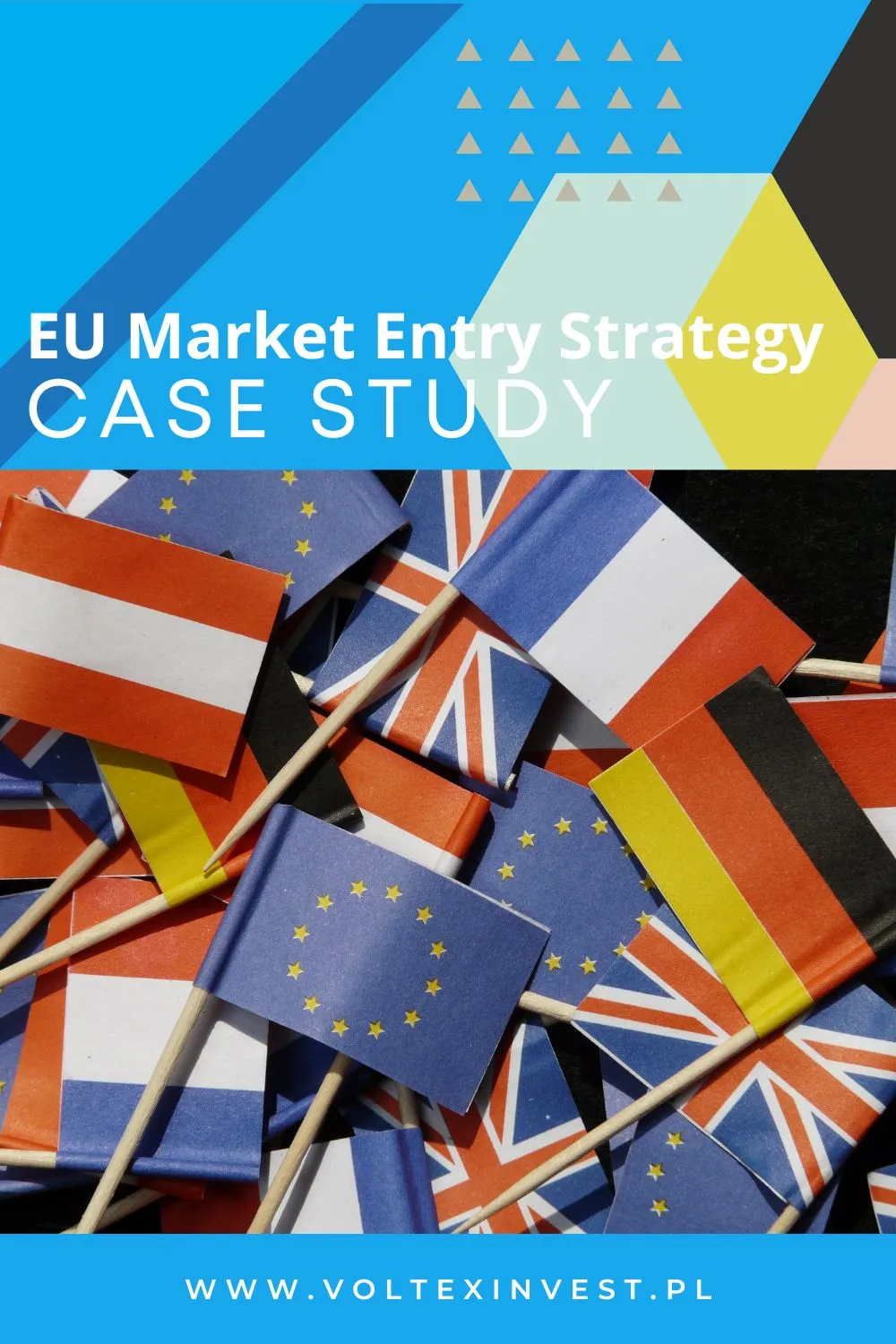
EU Market Entry Strategy

Client Overview
Company Type: Mid-sized manufacturer of sustainable industrial machinery
Headquarters: Toronto, Canada
Industry: Sustainable Industrial Machinery
Founded: 2018
Employees: 75
Target Market: European Union, starting with Poland
This Canadian-based company specializes in the design and manufacturing of eco-efficient industrial machines that significantly reduce emissions and energy consumption in production environments. Their core clients include automotive parts makers, textile manufacturers, and food processing plants.
Having grown rapidly in North America and parts of Asia, the company began receiving inbound inquiries from potential customers and distributors across Europe in early 2024. The leadership team decided it was time to expand into the European Union, starting with Poland due to its central location and industrial growth.
The Challenge: Entering the Highly Regulated EU Market
Despite strong international experience, the company faced multiple barriers to successful EU entry:
- Navigating strict EU product compliance frameworks (CE marking, REACH, Ecodesign).
- Limited knowledge of customs procedures, tariffs, and carbon-related obligations.
- Lack of local market intelligence and qualified distribution partners.
- Urgency to launch by mid-2025 to align with EU manufacturing contract cycles.
The company understood that entering the EU without expert support could lead to delays, regulatory non-compliance, and missed revenue. They began searching for a local advisory partner with deep EU expertise and a strong network in Poland. This led them to Voltex Invest.
Why They Chose Voltex Invest
The decision to work with Voltex Invest was based on several key factors:
- Strong track record of helping non-EU companies expand successfully into Europe.
- Expertise in technical compliance, customs clearance, and local company formation.
- Broad network of partners across Poland’s industrial sector.
- Ability to offer an end-to-end solution under one advisory umbrella.
Voltex Invest proposed a 4-phase engagement model that addressed both strategic and operational needs of the company, ensuring a smooth and compliant market entry.
Phase 1: Market Feasibility and Compliance Roadmap
Key Actions:
- Conducted a full compliance audit of the company’s machinery portfolio in line with CE and REACH requirements.
- Provided a gap analysis highlighting missing or non-conforming documentation, labeling, and testing standards.
- Delivered a market feasibility report comparing opportunities in Poland, Germany, and the Netherlands, along with demand forecasts and competitive benchmarking.
- Assessed obligations under the EU’s new Carbon Border Adjustment Mechanism (CBAM) for 2025.
Results:
- A clear roadmap was established for achieving CE conformity within 8 weeks.
- Poland was confirmed as the optimal entry market due to rising demand, manageable competition, and government incentives for green technologies.
- The company was informed of all regulatory hurdles in advance, preventing costly compliance errors.
Phase 2: Legal Setup and Customs Preparation
Key Actions:
- Set up a limited liability subsidiary in Poland to manage EU operations and trade under EU law.
- Handled VAT registration and compliance with the One-Stop Shop (OSS) system for EU-wide invoicing and tax reporting.
- Prepared a comprehensive customs documentation package, including EUR.1 certificates, origin declarations, and a classification of Harmonized System (HS) codes.
- Confirmed that under the CETA trade agreement, the machinery would qualify for reduced or zero tariffs upon EU entry.
Results:
- The subsidiary was operational within six weeks, allowing local hiring and EU invoicing in euros.
- Tariff savings amounted to nearly 5% of the total product value due to correct classification and origin rules.
- No customs delays occurred during the first shipment through the Port of Gdynia.
Phase 3: Local Partnering and Logistics Infrastructure
Key Actions:
- Facilitated matchmaking meetings with over six vetted Polish distributors and maintenance service providers.
- Developed a partner evaluation matrix that scored companies based on reliability, reach, and sector knowledge.
- Negotiated a warehousing and delivery contract with a third-party logistics (3PL) provider near Katowice, allowing for centralized EU shipping.
- Supported hiring of a local sales and service engineer fluent in Polish and English.
Results:
- A distribution agreement was signed with a Kraków-based industrial equipment supplier, providing national reach in Poland.
- Lead times for product delivery were reduced from 3–4 weeks (Canada to EU customer) to just 4 days via the local warehouse.
- Customers reported significantly higher satisfaction due to fast support and localized service.
Phase 4: Brand Localization and Marketing Launch
Key Actions:
- Translated and localized all product manuals, safety data sheets, and installation guides into Polish and German.
- Developed a Polish microsite with localized SEO targeting keywords such as “energooszczędne maszyny przemysłowe” and “zrównoważone rozwiązania dla przemysłu”.
- Assisted with company participation in Targi Kielce Industrial Fair, one of Poland’s leading trade shows in the automation and machinery sector.
- Launched a public relations campaign with placements in two industry magazines and interviews in local trade media.
Results:
- The microsite ranked on Google’s first page for key B2B searches within 45 days.
- The company signed four major contracts within the first quarter of launch, valued at approximately €280,000.
- Participation in the trade fair generated over 70 qualified leads and built significant brand awareness across Poland and neighboring countries.
Client Feedback
“Voltex Invest took what felt like an impossible expansion and turned it into a manageable, successful process. Their team knew the exact compliance steps, connected us to the right partners, and positioned us for long-term growth in Europe. We couldn’t have done this without them.”
— Head of Business Development, Sustainable Industrial Machinery Company
Impact Summary
| Goal | Result |
|---|---|
| Time to Market | 5.5 months from project kickoff to first product delivery |
| Compliance | Fully compliant with CE, REACH, and CBAM |
| Local Setup | Polish entity, warehouse, and sales team in place |
| Revenue | €280,000 in contracts within first 90 days |
| Visibility | Increased brand presence via SEO, PR, and trade show |
| Expansion Potential | Germany and Czech Republic identified for next phase |
Conclusion: How Voltex Invest Enabled a Successful EU Launch
This case study demonstrates the power of a well-structured and professionally managed EU expansion. Despite the complexities of EU law, customs, and market dynamics, the company was able to:
- Enter the Polish market smoothly and compliantly.
- Achieve fast returns on investment through smart partnerships and localization.
- Lay the foundation for multi-country growth across the European Union.
The key success factor? Choosing a trusted advisor who understands both the macro-level EU requirements and the micro-level business realities in local markets.
Ready to Enter the EU Market?
If your company is considering exporting to Poland or the broader EU in 2025, don’t go it alone. Voltex Invest can help you:
- Navigate EU compliance and documentation
- Establish legal and operational presence
- Find the right partners and customers
- Grow sustainably and profitably
???? Contact Voltex Invest today for a free consultation and start your EU expansion with confidence.
Frequently Asked Questions (FAQ)
What are the first steps for a non-EU manufacturer to export to the European Union?
The first steps include ensuring compliance with EU regulations such as CE marking, REACH, and potentially CBAM. It’s also critical to register for EU VAT, understand customs codes, and establish local representation or a subsidiary if necessary.
What is CE marking and is it required for all machinery exports to the EU?
Yes, CE marking is required for most industrial machinery entering the EU. It signifies that the product meets all applicable European safety, health, and environmental protection requirements. Without CE marking, the machinery cannot be legally sold or distributed in the EU.
What is CBAM and how does it impact exports to the EU in 2025?
CBAM, or the Carbon Border Adjustment Mechanism, applies to certain high-carbon products entering the EU. As of 2025, exporters must report emissions related to the production of goods and may be subject to additional carbon-related tariffs if they exceed EU limits.
Why choose Poland as an entry point to the EU market?
Poland offers strategic location, strong industrial demand, access to EU infrastructure, and attractive conditions for manufacturers in sectors like sustainable machinery. It is often seen as a gateway for scaling operations into Western and Central Europe.
How can companies ensure compliance with EU regulations before exporting?
Companies should perform a full compliance audit covering product standards, labeling, documentation, and emissions reporting. Partnering with EU-based advisors or trade consultants can streamline the process and reduce the risk of delays or rejections at the border.
What kind of support can a market entry advisor like Voltex Invest provide?
Advisors like Voltex Invest offer end-to-end support including legal setup, tax registration, customs documentation, partner sourcing, logistics coordination, and marketing localization. This helps companies enter the EU faster, compliantly, and with lower risk.
